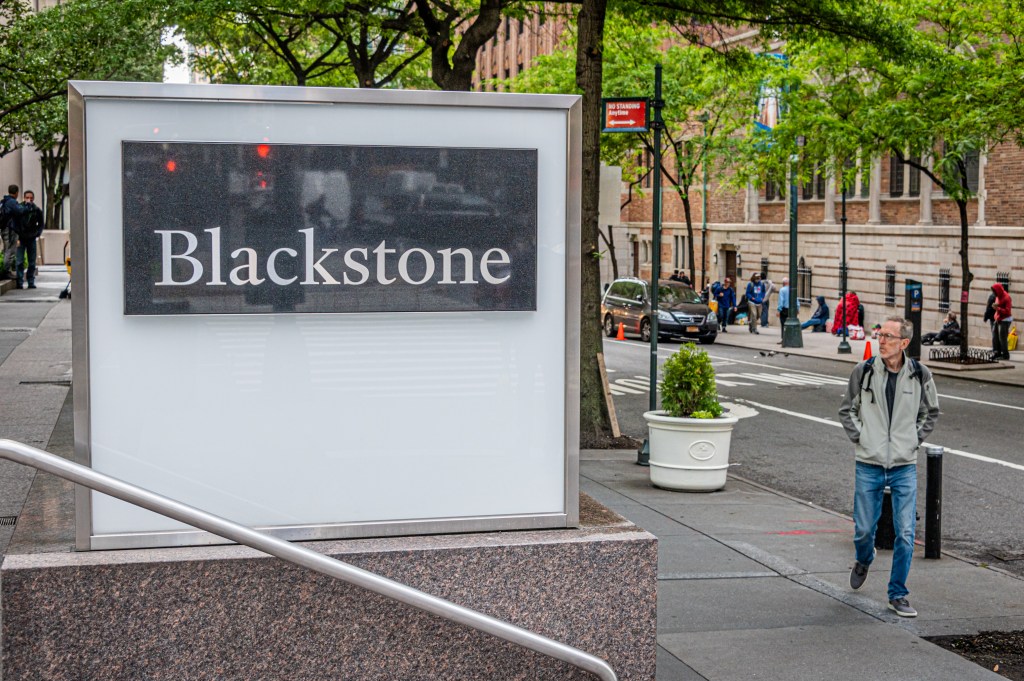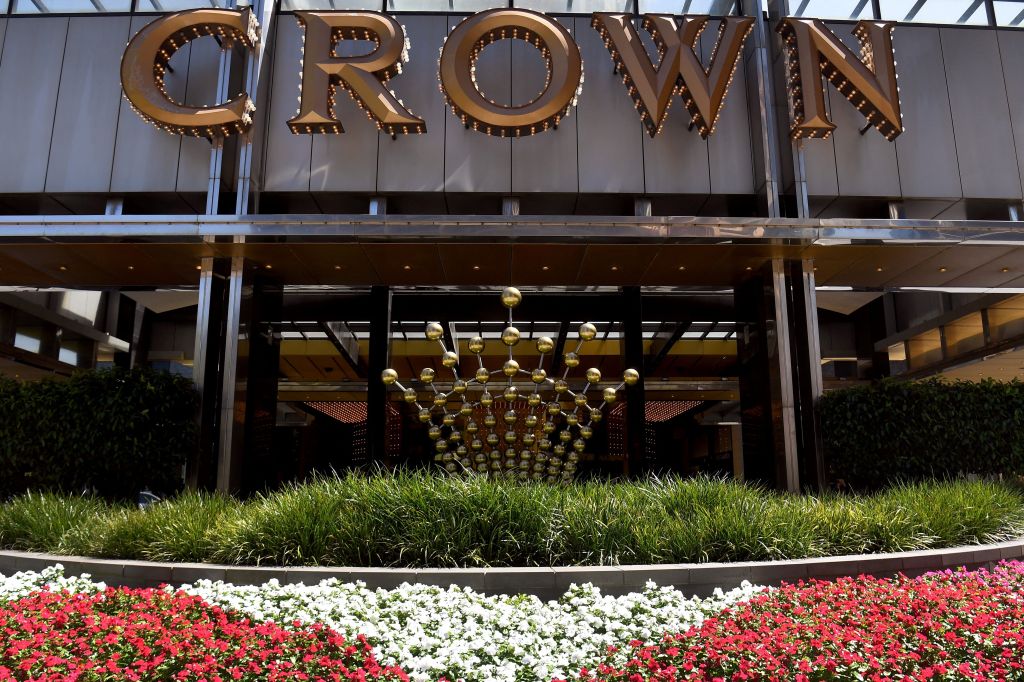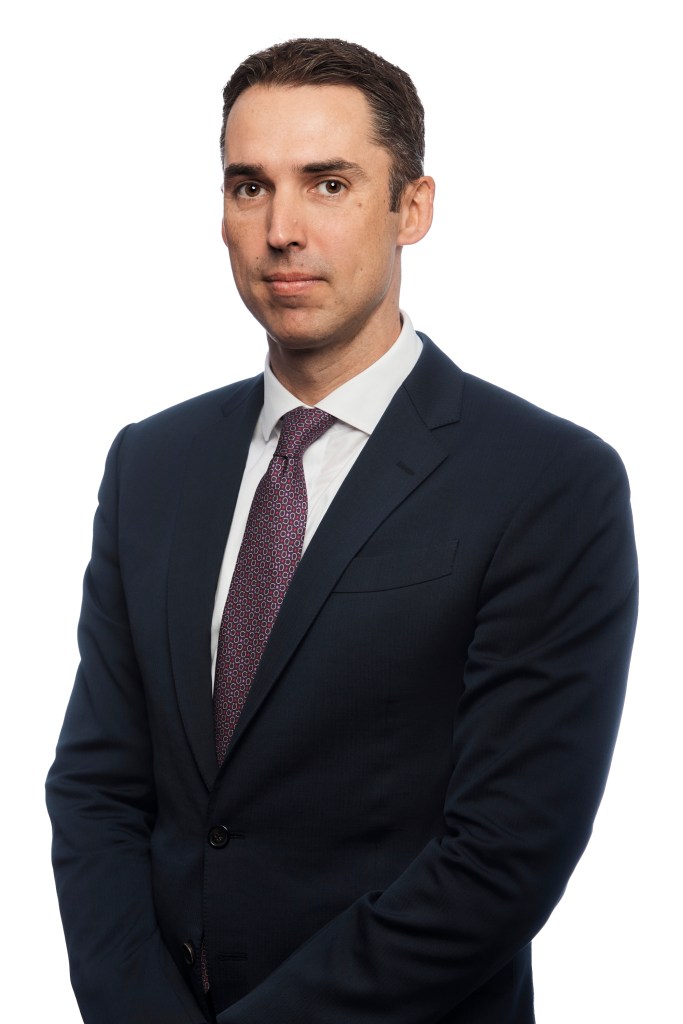Blackstone acquired Crown Resorts for $8.9 billion in 2022, taking the private equity behemoth’s investment in Australia to $25 billion. We sit down with Chris Tynan, Blackstone’s head of real estate in Australia, to discuss the three pillars where he sees opportunity: hospitality; logistics; and housing.
This article was featured in Issue 10 of Forbes Australia. Tap here to secure your copy.

Give us the lay of the land of Blackstone’s Australian business.
We’ve been here for 13 years and have grown from zero to $25 billion. In real estate, we’re putting money into areas like logistics, hospitality, and housing, as well as into well-capitalised borrowers who have a track record.
Is that strategy going to shift over the next 10 years?
We’d love to do more. We just made our first investment in student housing on the back of Australia’s strong education market (one of the top four destinations for international students; education is also the fourth largest contributor to the Australian economy). Housing is a key investment theme for us globally – our goal is to address the massive global shortage with high-quality housing. We’ve made investments here through our build-to-rent platform, Realm, and we’re also looking to do more in our other thematic areas.
What is Blackstone’s current footprint in ANZ?
Globally, Blackstone has just crossed US$1 trillion in assets under management. In Australia, we’ve got 60 people with Blackstone and more in our portfolio companies. I’m one of four partners responsible for the real estate side of the business. There’s a private equity partner, credit partner, and fundraising partner. It’s a mini-Blackstone, and we’re the largest alternative manager in ANZ by footprint.
Is the 25 billion you have in ANZ split up between multiple funds?
In my real estate vertical, we invest across multiple funds. There is a traditional private equity style closed-ended draw-down fund. There is an open-ended ‘core plus fund’. We also have a real estate credit fund – as opposed to a corporate credit fund – that sits under the real estate umbrella. We see deals from senior secured lending, things that Australian banks would be doing in real estate, all the way through to the spiciest of restructurings, like privates or non-performing loans.
When looking at a project, how do you decide which funds to draw from?
The three strategies in our Real Estate business are divided into: opportunistic, which seeks to acquire undermanaged, well-located assets around the world where we can maximise value; core plus, a long investment horizon where we can unlock additional value through a focused asset management approach (also includes strategies tailored for income-focused individual investors); and real estate debt, which provides creative and comprehensive financing solutions across the capital structure and risk spectrum.
Let’s talk about the wider hospitality sector. Where is the momentum when you look at that space?
There’s a definite lift in people having experiences across the spectrum, from camping sites to, as we call it, joyfully elevated experiences at the Crown assets. We think that is not going away; it is a structural change to what people experienced during lockdowns and were deprived of, and that it will remain in place. Our limited-service hotels in the US and experiential resorts in Hawaii perform super well. Hospitality in Australia is super tightly held. Here, it is about trying to find entry points into assets or portfolios that make sense.
Turning to macroeconomics, where do you see the economy in Australia in 2024 and 2025?

Australia has historically been six-plus months behind the US in a lot of macro ways, and certainly in the real estate expression of those macro themes. We’re seeing a similar slowdown in inflation and GDP. We won’t see the same degree of wage deflation that the US experienced in their portfolio companies. We might see wage acceleration, and at some point that’s going to limit inflation coming down here.
How do you adapt strategy at Blackstone ANZ given that macroeconomic environment?
It does frame an investment criteria for us. We are seeing that real estate fundamentals are surprisingly resilient. We’ve seen revenue per available room growth in high-end hospitality assets, yet there is weakness in the restaurants underneath, which is interesting. People are happy to stay, but the check size is coming down. They’re going to buy one bottle of wine, not two. In our globally favourite sector, logistics, the fundamentals are still phenomenal. We are at 1.2% national vacancy. Anything below 5% is a landlord market; below 3%, rents can move quickly. Sydney is 0.5%, and Auckland is 1%. You would expect a very strong supply response and lots of building. That has happened to a degree, but it’s been inhibited.
What is holding up growth in the logistics real estate sector?
Land availability is now on the periphery of the cities and dragging services – sewage, water, power, out to the periphery. It is taking longer and longer for the public utilities to do. You can have a level lot ready to go, but if you don’t have the sewer or the mains power, it doesn’t matter. We see that those utilities are overworked or under-resourced, and they’re not delivering on time-frames. Therefore, the supply that should be responding to these very low vacancy markets is just being pushed out and out.
Pushed out by time? Or by geography?
By time – and by geography. If you’ve got a shed within 15 kilometres of Sydney or any CBD, the highest and best use for that land is not industrial. It’s residential. We’re seeing in some sub-markets that the logistics supply is going down on an aggregate basis because land is being earmarked for residential use.
How are you responding to that?
Our logistics strategy is extremely resilient with low vacancy (~0.5%). They’re benefiting from another macro trend, the shift to online from the physical store, buying more stuff on our phones. That is our shed play, which is, there’s no vacancy, and there’s lots of demand – this should be able to grow cashflow.
Do you also think about transitioning real estate assets from logistics to residential?
We do. About 30% of our assets are logistics. We have that discussion quite regularly. Does this make sense for residential or not? Does this make sense for a data centre? Is there something we can put on the back or side? Is it laid out correctly? We’ve invested in a few built-to-rent projects to understand how they work in Australia. We’ve just bought a student accommodation business called Student One in Brisbane.

Let’s talk office. Are you making investments in office?
Office, here, is performing remarkably well in a US context, but it’s got headwinds. For example, the work-from-home trend is impacting demand for office buildings. We own office buildings here, we’re leasing them up, and they’re performing well. In 12 months, we think the rate environment might be more benign.
Are you looking to sell office real estate due to those headwinds?
Selling for us is usually about the completion of the mission. In our office investments, we typically bought them with very low occupancy. We reposition assets and then lease them up again to be core assets. Yes, we would look to sell office, but we sell it when done with our transformation.
What about retail?
As internet shopping took over, rents fell in some of our retail centres, and we wondered what the new normal would be. We’ve owned them for 10 years, and they perform phenomenally well. But it took time, and we needed to find a new normal for rents. We have, and now we’re seeing those cashflows start to grow again. I’m sure office is going to be similar.
Do you see your 30% in logistics changing, given the macro environment?
We’re very thematic investors and we try and find themes that have longevity. Logistics and the shift from physical retail to online have longevity. The data explosion – AI and cloud – has huge longevity. Top-down, housing is the biggest opportunity because of huge demand and lack of supply. Tragically, despite that, building starts are down because it’s so hard to build.
Where specifically do you see opportunity in residential real estate?
Five hundred thousand people migrated in the last 12 months but let’s say that normalises. Household formation is into higher-density housing. You can cut and carve land releases on the periphery of the cities, but it doesn’t fill the demand from the migrating cohort. It has to be high density over transport nodes because the cities and infrastructure can’t grow forever. That feeds into our residential strategy but also into storage.
About storage. Do you see growth there?
We have a lot less penetration per capita to storage here than in the US. As cities densify, the demand for storage tracks that. If people go from a house to a two-bedroom apartment, there’s nowhere to put their things. On a very macro level, storage is the solution. Once you are committed to a storage facility, those cash flows become extremely sticky. We have great inward migration into Australia. Most people are now living in two-bedroom apartments but still want their stuff. It’s probably going to get more prevalent rather than less.
Shifting to data centres, how is the AI trend influencing what you’re doing in real estate?
It’s a huge mega-trend, and we’re in a very early inning. For us, building data centres is right down the fairway. They are hugely capital intensive – a 100 MW data centre is a billion dollars. It’s a focus for us; we have a team that has relationships with the mega technology companies. It’s mostly to do with how you get power from two independent sources – if one goes down, your data centre doesn’t go down. Land that is viable for a data centre is much more valuable. You will see us with a data centre strategy in ANZ one day.
Look back on the week that was with hand-picked articles from Australia and around the world. Sign up to the Forbes Australia newsletter here or become a member here.



